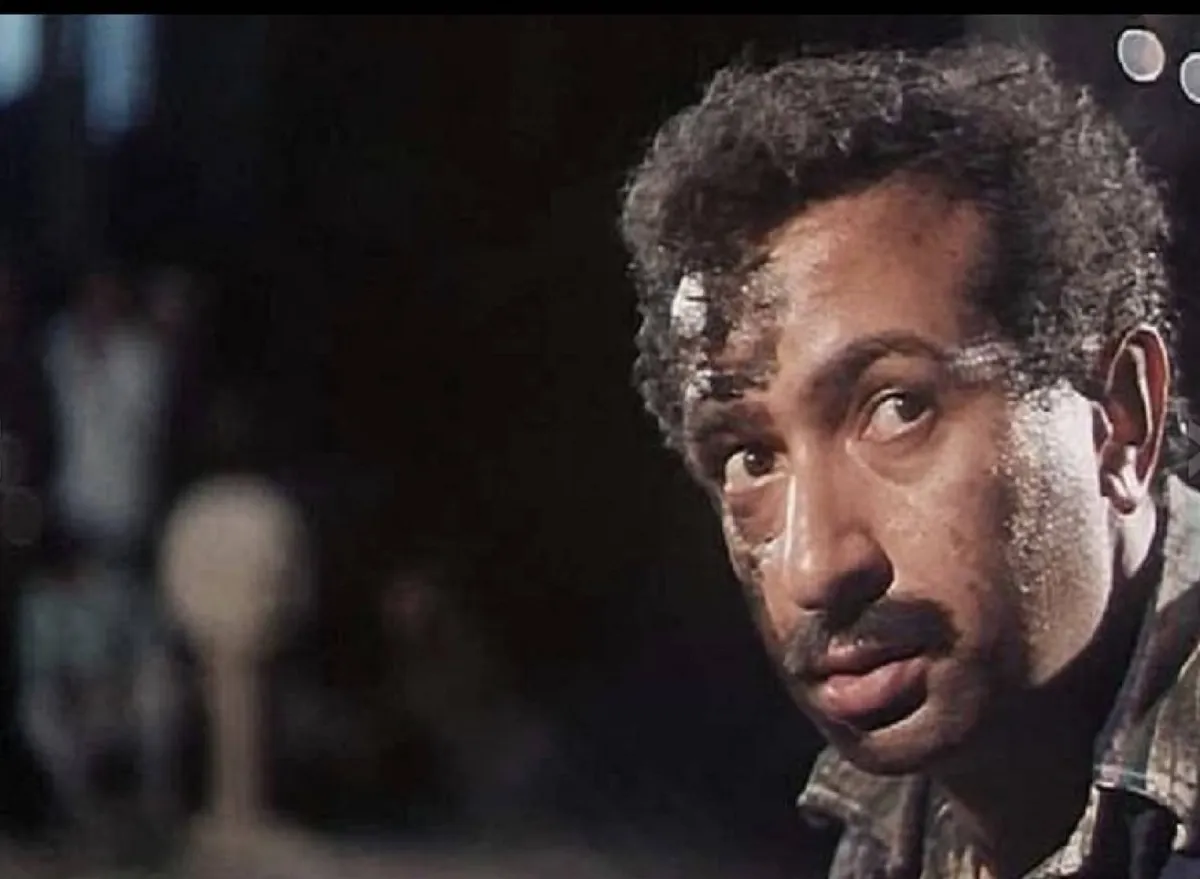Introduction to Youssef Chahine
The Egyptian director Youssef Chahine, who left us 17 years ago this month, has achieved an impressive number of films that deserve appreciation. Some of his notable works include "Bab al-hadid" (1958), "The Earth" (1971), "The return of the child children" (1976), and "Fate" (1997). However, there are other films that the director decided to neglect, showcasing his weaknesses and wealth. One of his most important works is "Egyptian Hadita" (1982), a film that stands out for its unique approach.
Fantasia
"Egyptian Hadita" is the second film in Chahine’s Alexandria Quartet, which started with "Alexandria Leh" (1979) and also included "Alexandria Violin" (1990) and ended with "Alexandria New York" (2004). What distinguishes "Egyptian Hadita" is the process of its hero, Chahine, and the accused is Chahine himself. The film explores two essential lines: it is a film in which the director looks at his life, based on the operation he underwent for his heart in London, and another in which he explores the power of court negotiations, challenging the young Chahine himself.
Surrealism and Fiction
In "Egyptian Hadita," there is a certain level of surrealism, but not according to the surreal art. Instead, it is closer to a suitable fictional composition that the director brought in a special production design, including decorations, colors, and characters. The scenes of the experiment are not in succession or permanent, but the film comes out of it and returns there a few times. This approach creates a unique and captivating viewing experience.
Self-Examination
The examination of a hop for himself from the public on the one hand and the personalities he lived with on the other hand is a bright idea. However, the film was not recognized by many fluctuations, including that his revolution against himself only begins when he interrupts it with a revolution against others. This is because, in his opinion, he was surrounded by errors, especially from his mother, sister, and wife, and against the political conditions he mentioned after the 1952 revolution. What is missing here is a higher amount of truth and a lower percentage of imagination.
Film Circumstances
The film begins with Chahine having a heart attack, which forces him to travel to London with his doctor. As soon as he enters the coma of the operation, the windows of memories are opened, including scenes of the experiment and a process in which he faces himself. All of this is clear, and Chahine’s efforts to complete his scenes inside or outside of surrealism are fixed. However, there is always the feeling that the director hid more than he showed, in a film that is part of the biography of his life.
Important Features
Chahine remembered in a special meeting that the fans of the German festival were surprised when he performed theatres without starting in the Hall, and that Chahine, the actor, was really paralyzed, as was in his role in the film. One of the reasons Chahine made an outstanding way out is his choice of narrative methods and treatments that are not widespread among other Arab directors. After his first phase, his films are based on the self-compatibility of the director and his vision and life, and it is one of the advantages of his most important cinema.
Chahine’s Style
Chahine was based on composing expression tools that begin with his vision. Of course, he had started to guide ordinary films, but since the 1970s, he had made his most important films, with the exception of "Bab al-Hadid" in the 1950s. He belonged to the Egyptian plant, but was inspired by foreign cultures in order to leave an important formal influence in his films, which we see in the administration of actors, the selection of corners and sizes of shots, and the shifting of the camera as in the assembly and the general rhythm of one film.
Autobiography and Contradictions
What hinders his biography in "Egyptian Hadita" is the mixing of what has happened and what has not happened, with the aim of admiring and showing himself. In it, he is like a person who applauds himself: here he criticizes himself, but he prevents them from being condemned in a different scene, and his genius confirms in all cases. This approach creates a complex and intriguing portrait of the director, showcasing both his strengths and weaknesses.

